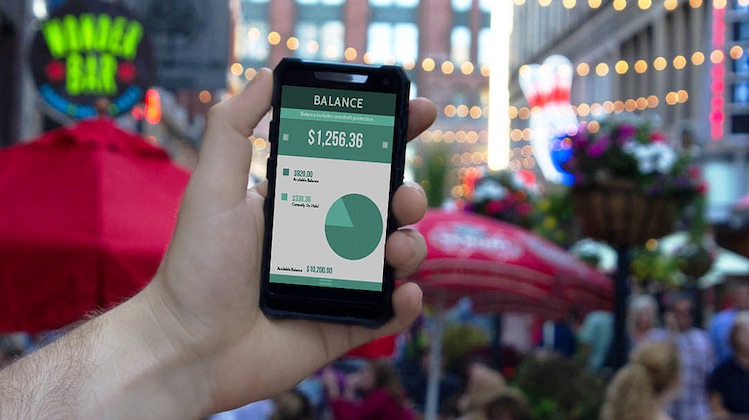The Customer Effect
Banks are treating customers like product developers
- Banks are increasingly letting customers design product experiences
- Startups and incumbents are rethinking product journeys to make them more accurately reflect the mind map of customers








